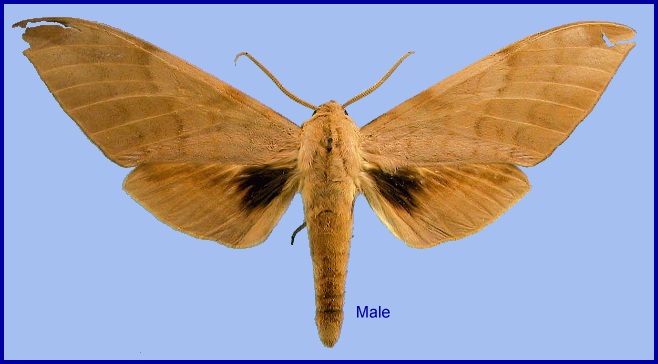Seen at: Village Gunialekh, distt Nainital, Uttarakhand
Elevation: ~1800m
This species of hawk moth was found in the veranda early in the morning. It was calm, and could easily be relocated to the hand, presenting a good opportunity for study. It seemed a perfect pale brown initially, but a magnifying glass revealed finer details on its skin - thin wavy lines, dividing its forewing into tree distinct sections. Its antennae were curved gracefully, and bore no sensory hair, which meant it was likely a female (only males grow these hair as a means of catching pheromones sent out by the females, in moths).
As dawn broke, the moth was threated by an invasion of birds, hence was taken to the woods for relocation. It stayed calm throughout, and had no anxiety attaching itself to a tshirt and being walked around.
It was placed on a pomegranate tree branch. It then starts to flutter its wings - maybe due to the cold outside, or due to the rhythms with the rising sun.The fluttering goes on for a coupla minutes, picking up intensity, till its forewings become a blur and fully expand, to reveal a spotted hindwing. It got airborne thereafter, and possibly settled on a Sal tree.
It has an interesting distribution map
It has an interesting distribution map






